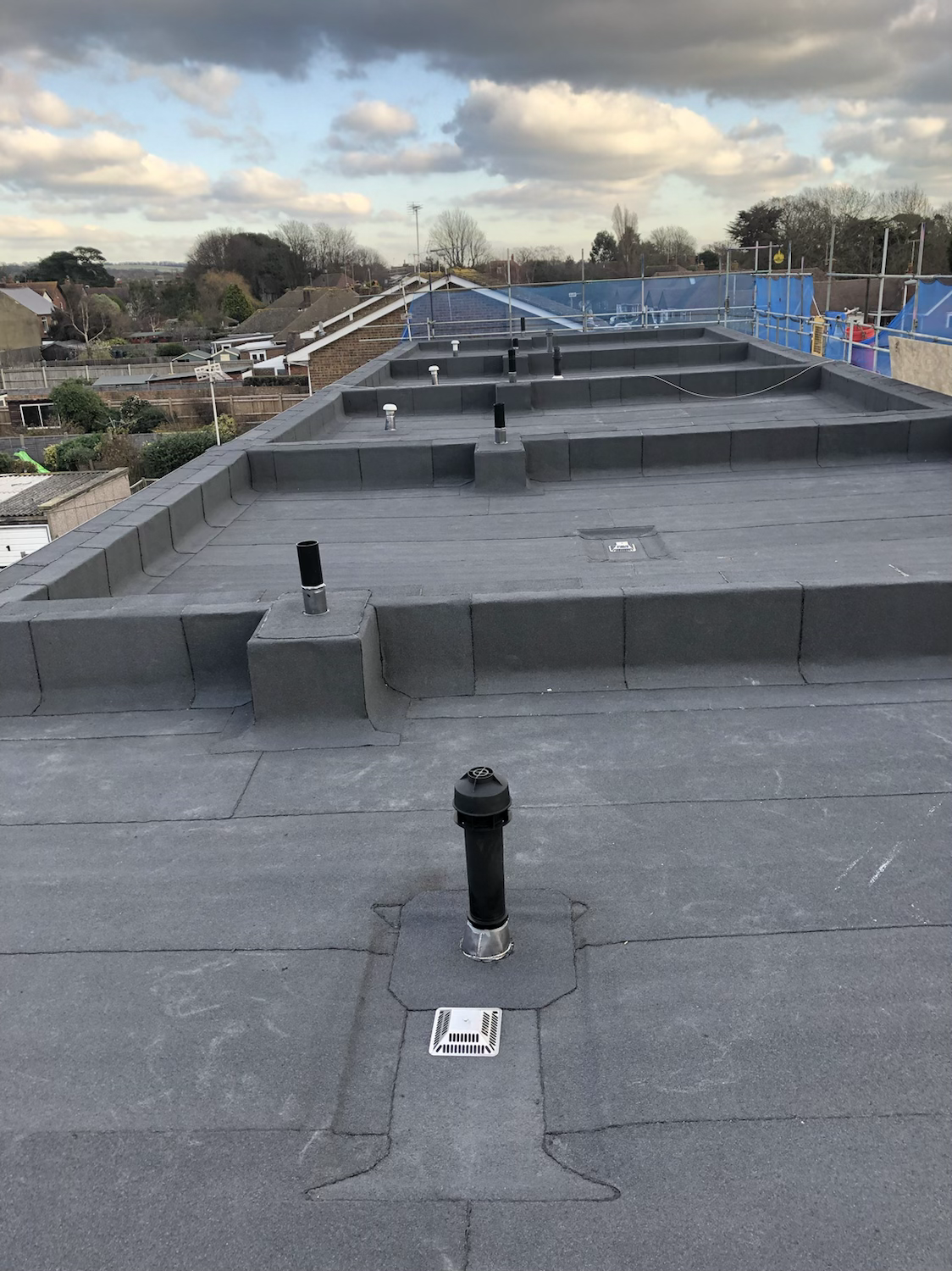Key Indicators Your Roof Might Not Make It Through the Winter
- Matt Rayner

- Oct 25, 2024
- 3 min read
As winter approaches, homeowners need to be vigilant about the condition of their roofs. The harsh weather can amplify existing problems, leading to expensive repairs if not addressed sooner. Identifying the early warning signs that your roof may not survive the winter can help you avoid significant inconvenience and financial strain. This post outlines essential indicators that your roof might be at risk.
1. Missing or Damaged Shingles
One of the first signs of roof trouble is missing or damaged shingles. If you spot multiple shingles missing or if they are cracked, curled, or blistered, it's time for a closer look.
During winter storms, gaps in your roofing can let in snow and ice, which may lead to leaks, mold growth, and severe structural problems. A visual inspection from the ground or a safe ladder can help you identify these issues. In fact, homes with missing shingles report leaks in over 60% of cases, emphasizing the need for immediate action.

2. Granule Loss
Granule loss is another clear signal that your roof may be past its prime. The granules protect shingles from UV rays and weathering. If you find a significant amount of granules in your gutters or on the ground, this could indicate that your roof is nearing the end of its life cycle.
For example, if you see more than a handful of granules in your gutters, that could mean your roof is losing its protective layer and may need to be replaced soon. Losing granules can make shingles less effective at shielding your home from winter weather.
3. Leaks and Water Damage
If you notice leaks or water stains on your ceilings or walls, your roof could be failing. Water intrusion can cause severe issues like mold growth, which affects both health and home structure.
Addressing signs of water damage promptly is essential. Research shows that roofs with frequent leaks lead to repair costs exceeding $500 annually for homeowners. In many cases, it is more cost-effective to replace the roof rather than patch it repeatedly.
4. Sagging Roofline
A sagging roofline is a serious warning sign of structural issues. This condition can occur due to moisture buildup or other factors compromising the roof’s integrity.
If your roofline appears to sag even slightly, consult with a roofing expert immediately. Statistics show that homes with sagging roofs are 3 times more likely to require extensive repairs if left unresolved.
5. Age of Your Roof
The age of your roof plays a key role in its ability to endure winter conditions. Most asphalt shingle roofs last around 20 years, while metal roofs can survive for 40 to 70 years. If your roof is nearing or has surpassed these lifespans, it’s wise to consider a replacement.
Roofs older than 20 years often have decreased energy efficiency, leading to energy bills that can rise by 10% to 30% during the winter months due to heat loss.
6. Ice Dams
Ice dams form when snow melts on your roof, refreezing at the edges, which can trap water under the shingles and cause leaks. If you’ve seen ice dams develop on your roof previously, it suggests inadequate insulation or ventilation.
Proper insulation can reduce heating costs by 15% to 20%. By ensuring your roof is well-ventilated, you can avoid the uneven melting of snow and minimize the risk of ice dams.
7. Increased Energy Bills
Noticing a spike in energy costs during winter? Your roof may be working inefficiently. Heat escaping through a damaged roof forces your heating system to work harder, driving up energy bills.
A 20% increase in winter energy bills can be a sign of roof-related heat loss. You may also feel drafts or experience inconsistent temperatures in your home, strengthening the case for a roof inspection.
Be Proactive About Your Roof
As winter nears, staying ahead of potential roofing issues can prevent headaches and financial strain down the line. By identifying these key indicators, homeowners can make smarter choices regarding roof replacements.
Working with a qualified roofing contractor can provide insights into your roof's condition, allowing you to secure your home against winter's challenges. Don’t delay; take steps now to ensure your roof is ready for the cold months ahead.





Comments